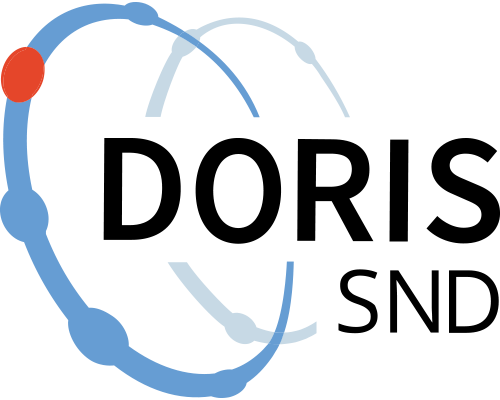Proton Plasma Bulk-Parameter Measurements in Venus' Dayside Magnetosheath
https://doi.org/10.5878/4wfd-pj36
This is a high-level data product based on particle and magnetic-field measurements taken by the Ion Mass Analyser (IMA) and Magnetometer (MAG) instruments, respectively, onboard the European Space Agency’s (ESA’s) Venus Express (VEX) mission. VEX orbited Venus between 2006-2014 collecting data on the plasma environment around the planet for a wide variety of space physics studies. IMA is an ion mass-energy spectrometer from which plasma bulk parameters can be calculated. MAG measures the three components of the background magnetic field.
The dataset contains proton bulk densities, speeds, and temperatures (perpendicular and parallel to the magnetic field) measured by IMA at 1181 spatial locations in Venus’ dayside magnetosheath. The concurrent average magnetic-field strength measured by MAG accompanies each set of proton parameters. Additionally, medians of the same parameters measured in the upstream solar wind (SW) during each orbit are included (but not the individual measurements from which the medians are calculated). The location of VEX during each measurement is provided in the Venus Solar Orbit (VSO) reference frame along with the timestamp for the measurement and the corresponding VEX orbit number.
The proton parameters were calculated through Maxwellian fits of velocity-distribution-function (VDF) measurements derived from IMA’s scans of particle counts over a mass-energy-azimuth-elevation parameter space. This methodology was developed by Bader et al. (2019) and applied to data between 2006-2009; Rojas Mata et al. (2022) extended it to process the entire mission data. The data included in this product form the basis for studies concerning asymmetries in the parameters between different hemispheres of Venus’ magnetosheath. The manually selected orbits have adequate coverage in the magnetosheath and SW as well as sufficiently stable SW conditions to lead to statistically reliable results. This therefore is a subset of the entire mission data (597 orbits out of ~3200 total orbits).
Data files
Data files
Documentation files
Documentation files
Citation and access
Citation and access
Data access level:
Creator/Principal investigator(s):
Research principal:
Data contains personal data:
No
Citation:
Language:
Method and outcome
Method and outcome
Administrative information
Administrative information
Topic and keywords
Topic and keywords
Relations
Relations
Publications
Publications
Metadata
Metadata
Version 1

Swedish Institute of Space Physics